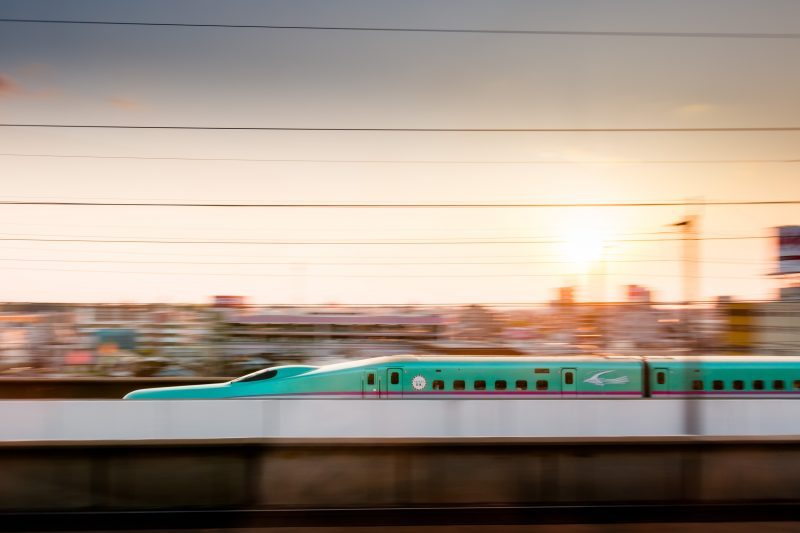If you are planning a trip with the Japan Rail Pass, better be prepared! You will be riding Japanese trains quite often.
In Japan, railroads are the primary mode of passenger transportation, and they have been ever since the first passenger steam locomotives debuted in Japan during the Meiji Restoration in 1872.
